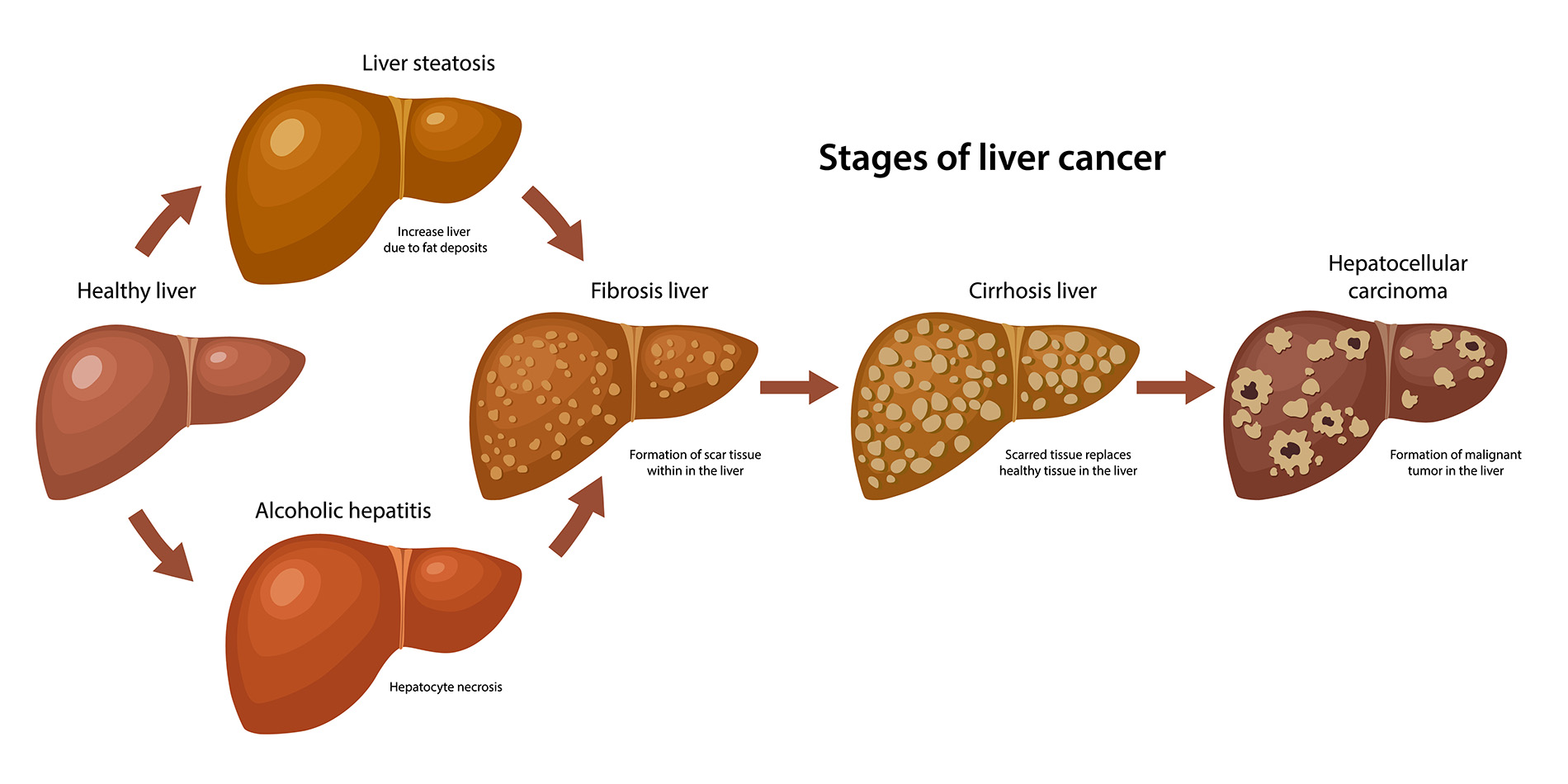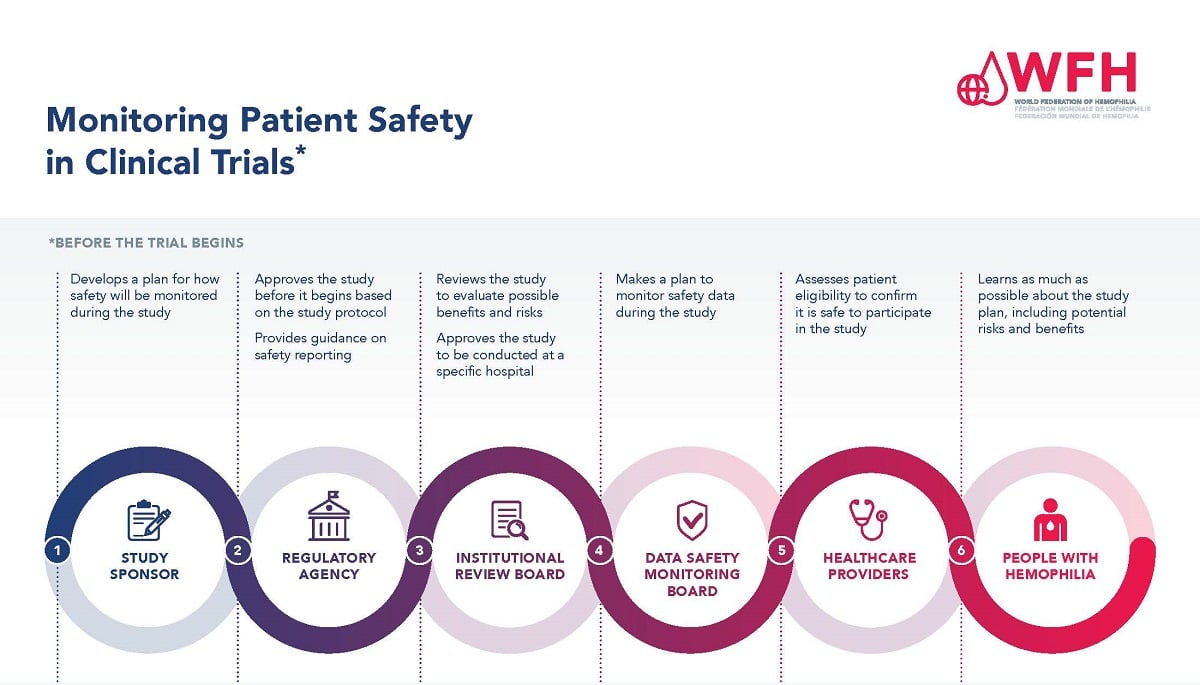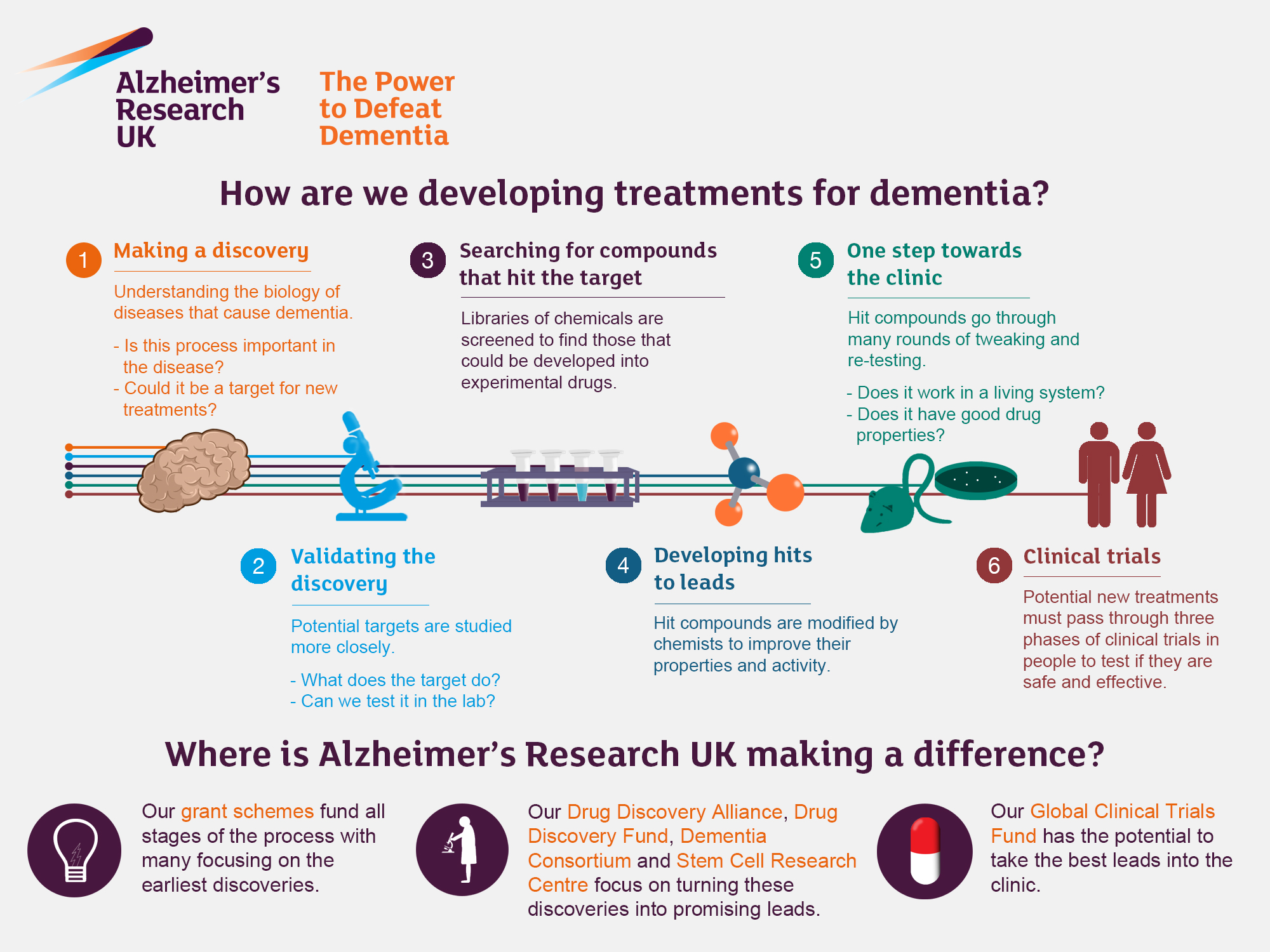Engaging in regular colon cancer exercise has emerged as a vital component for survivors, significantly enhancing their chances of long-term survival. A groundbreaking study from Dana-Farber Cancer Institute reveals that maintaining physical activity post-treatment can close the survival gap between colon cancer patients and the general population. As the second most prevalent cancer-related death globally, colon cancer treatment often leads to diminished survival rates, particularly among those with stage 3 colon cancer. However, incorporating exercise into a survivor’s routine not only promotes well-being but also can substantially improve overall health outcomes. Patients who embrace physical activity witness remarkable benefits, ultimately leading to better survival rates compared to their less active counterparts, highlighting the profound impact of exercise on cancer treatment and recovery.
When discussing exercise for individuals diagnosed with colorectal cancer, it’s essential to recognize the various health improvements associated with post-treatment physical activity. Known as a key factor in enhancing survival outcomes, particularly for those affected by stage 3 colorectal carcinoma, engaging in a consistent exercise regimen can offer substantial benefits. Active cancer survivors report higher quality of life and lower anxiety levels, reinforcing the necessity of integrating physical movement into recovery plans. Research indicates that adjusting physical habits not only aids in combating the disease but also helps mitigate the discrepancies in survival rates between cancer patients and healthy individuals. Ultimately, fostering a lifestyle that prioritizes exercise can significantly influence the well-being of those navigating the challenges of cancer.
The Importance of Exercise for Colon Cancer Survivors
Exercise has become an essential part of post-treatment care for colon cancer survivors, particularly for those who have battled stage 3 colon cancer. Numerous studies have shown that engaging in regular physical activity can significantly improve survival rates among these patients. Research from Dana-Farber Cancer Institute highlights that survivors who maintain an active lifestyle not only extend their lifespan but also align their survival rates more closely with those of the general population. Through simple activities like walking or moderate aerobic exercises, individuals can enhance their physical well-being, effectively narrowing the survival gap that typically exists between cancer patients and their healthier peers.
Physical activity post-treatment has been linked to various health benefits that extend beyond mere survival rates. Exercise can improve overall quality of life by reducing fatigue, alleviating symptoms of depression, and enhancing functional abilities. For colon cancer survivors, the advantages are even more pronounced as studies indicate that higher activity levels can prevent the recurrence of cancer and mitigate treatment side effects. In essence, for cancer survivors, incorporating exercise into their rehabilitation process can not only uplift their spirits but also serve as a vital component in their ongoing battle against cancer.
Frequently Asked Questions
How does physical activity influence colon cancer survival rates?
Regular physical activity after colon cancer treatment, particularly stage 3, has been linked to improved survival rates. A study from Dana-Farber Cancer Institute found that survivors who engaged in high levels of exercise had overall survival rates closer to that of the general population compared to those with low activity levels.
What are the exercise benefits for cancer survivors, especially those with colon cancer?
Exercise provides numerous benefits for cancer survivors, including enhanced physical fitness, improved mood, and increased energy levels. For colon cancer survivors, engaging in regular physical activity post-treatment significantly reduces disparities in survival, particularly for stage 3 colon cancer patients.
What types of exercises are recommended for colon cancer survivors?
Colon cancer survivors are encouraged to engage in moderate physical activities such as walking, cycling, or swimming. The goal is to achieve at least 18 metabolic-equivalent hours (MET-hours) of activity per week to reap the maximum survival benefits.
Is there a minimum amount of exercise colon cancer survivors should aim for?
Yes, the research indicates that any amount of exercise is beneficial. For colon cancer survivors, even short durations of activity, such as 10 to 20 minutes of exercise daily, can improve overall survival rates and enhance their quality of life.
Can exercise help prevent the recurrence of colon cancer?
While exercise cannot guarantee the prevention of cancer recurrence, studies suggest that higher physical activity levels after treatment for colon cancer are associated with lower recurrence risks and better survival outcomes, especially for stage 3 colon cancer patients.
What impact does cancer treatment have on the ability to exercise?
Cancer treatment can lead to fatigue and physical changes that may hinder the ability to exercise. However, incorporating physical activity slowly and consistently can enhance recovery and improve overall well-being for colon cancer patients.
Are there specific guidelines for exercising during or after colon cancer treatment?
Colon cancer survivors should consult their healthcare providers for personalized exercise guidelines. Typically, a mix of aerobic and strength-training exercises is recommended, with a gradual increase in duration and intensity as tolerated.
How does the exercise level relate to the stage of colon cancer?
For patients with stage 3 colon cancer, higher levels of post-treatment exercise have been shown to significantly improve overall survival rates. The study indicates that exercise benefits are consistent across different ages and stages of treatment.
Can exercise reduce the psychological impact of colon cancer diagnosis and treatment?
Absolutely! Regular physical activity can improve mood and reduce feelings of anxiety and depression in colon cancer survivors. Exercise can provide a sense of normalcy and empowerment during and after treatment.
What role do clinical trials play in understanding exercise and colon cancer?
Clinical trials, like those conducted by the National Cancer Institute, provide valuable data on the relationship between exercise and survival rates in colon cancer patients. Such research helps develop comprehensive guidelines for integrating physical activity into post-treatment care.
| Key Points | Details |
|---|---|
| Exercise’s Impact on Survival | Regular physical activity after stage 3 colon cancer treatment can reduce the survival gap between cancer patients and the general population. |
| Research Findings | A study from Dana-Farber Cancer Institute analyzed data from 2,875 patients and found that those with high activity levels had survival rates much closer to the general population. |
| Survival Rates and Activity Levels | Patients with low activity levels faced a 50.5% lower overall survival rate compared to the general population; high activity levels (18+ MET-hours per week) showed improved rates. |
| Recommendations | Even short bouts of exercise (10-20 minutes) are beneficial. Patients are encouraged to stay active to improve long-term survival. |
| Impact of Recurrence | For patients who experienced cancer recurrence, active individuals had a 33.2% lower overall survival rate, whereas those inactive faced a 50.5% reduction in survival. |
Summary
Colon cancer exercise is an essential factor that can significantly improve the survival rates of patients after treatment. Engaging in regular physical activity not only helps bridge the survival gap between colon cancer survivors and the general population but also lowers the risk of premature death associated with the disease. The research strongly supports that even modest levels of exercise provide benefits, making it a vital aspect of recovery and long-term health for those diagnosed with colon cancer.



